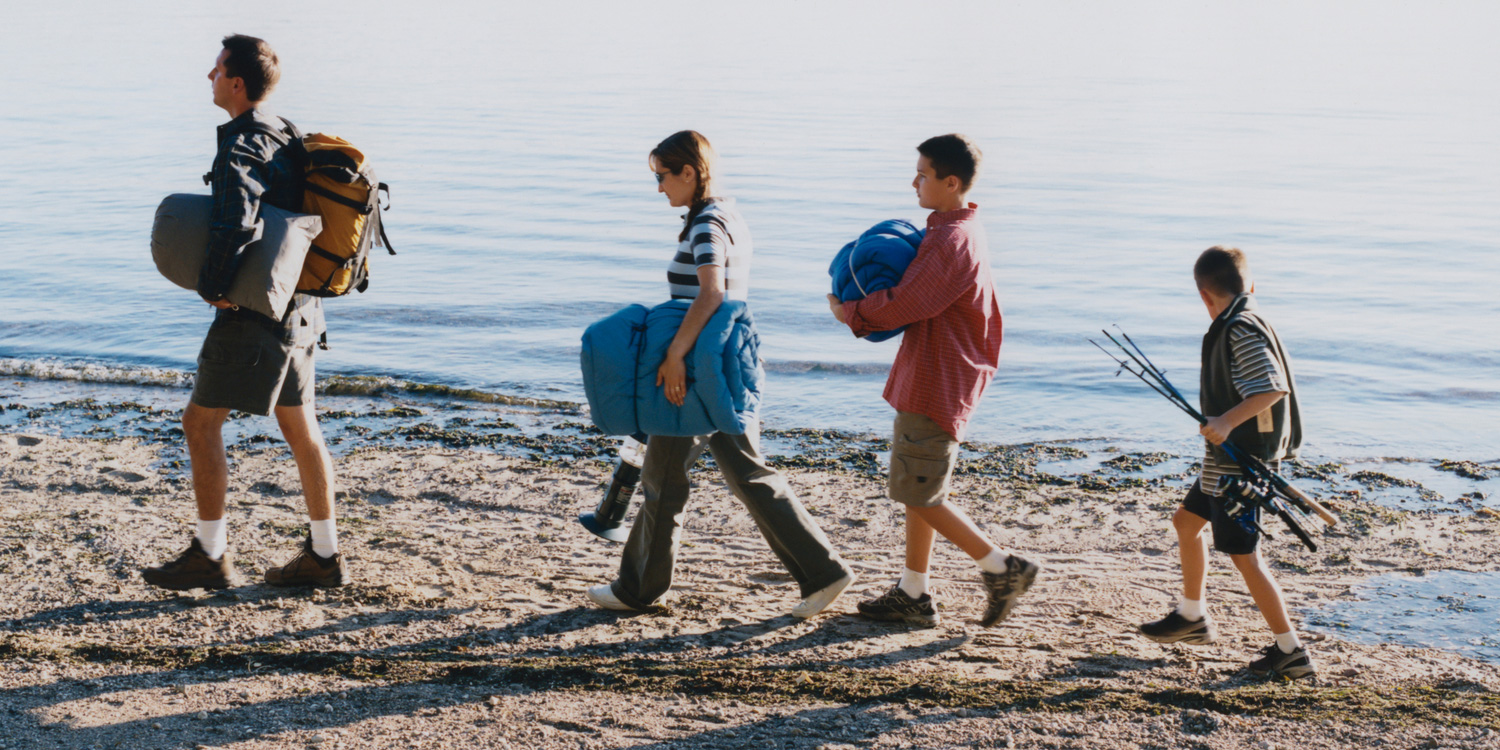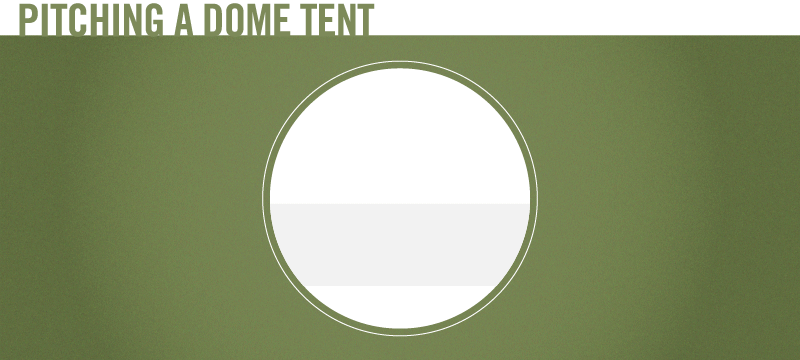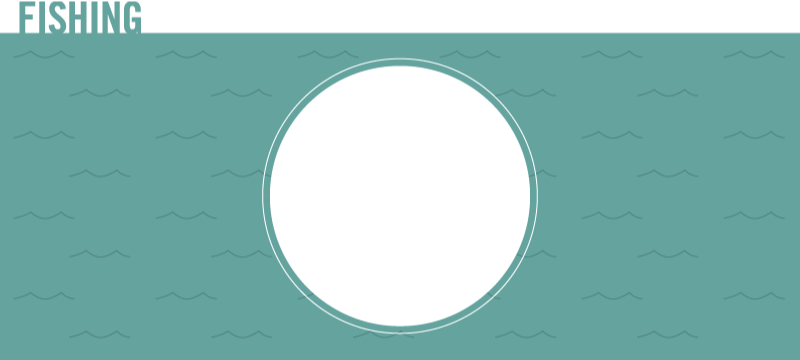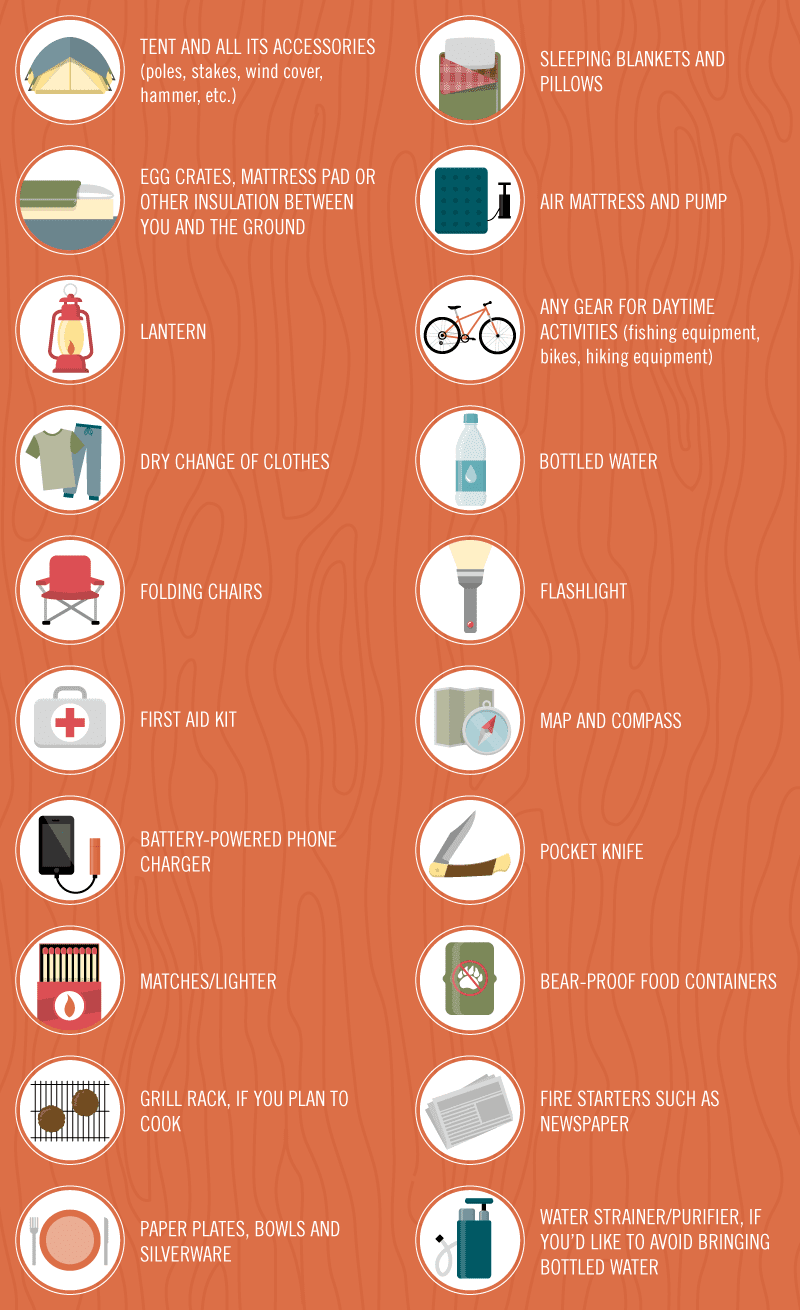Related Articles

Camping Tips for Beginners
You’ve been looking forward to this for a while. A long weekend of camping with your family, who get to learn about nature by being a part of it for a couple of nights. The lack of bathroom and shower facilities will certainly come as a shock to them, especially if you have younger kids, but the experience will be well worth it.
The idea of “roughing it” has always had a simple allure. However even when you’re immersed in the elements for just a few nights, there are still a lot of necessities to bring along. Aside from the basics like bottled water and flashlights, you’ll also need a working knowledge of how to pitch a tent, make a fire, or go fishing for your dinner. Luckily, we’ve created a simple guide that’ll make you feel like an expert in no time. Keep reading for easy tutorials on all the camping must-knows, plus a comprehensive list of everything to pack for a few days outdoors.
Setting Up Camp
Whether you’re an expert camper or a beginner, chances are you’ve struggled with tent poles before. Fortunately, your lack of tent assembly skills doesn’t have to be a dead giveaway that you’re a camping newbie. Simply check out the guide below to learn how to pitch a tent the right way.

Do’s and Don’ts
- Do: select flat ground void of rocks and other debris.
- Don’t: set up your tent less than 100 feet away from any rivers or streams.
- Do: have the people you’re with act as weights on the tent if you’re pitching in windy conditions.
- Don’t: ignore the surface of the ground. If it’s soft, extra weight on the tent stakes may be necessary.
- Do: set up your tent so that the doors/vents are along the prevailing wind direction. This will help with ventilation.
Campfire
Few things compare to nestling up next to a campfire in the wilderness armed with graham crackers and chocolate. However, it’s important to maintain safety when building one and putting it out. Here’s how to put together a toasty campfire, along with some helpful safety tips.

Do’s and Don’ts
- Don’t: build a fire without checking to see if a permit is required to do so.
- Do: use an existing fire ring, rather than creating a new one. Add rocks around it if necessary.
- Don’t: select ground near overhanging branches, dry grass and any other litter.
- Do: put the fire out, drown it with water, then mix the ashes and embers with soil. Scrape any hot embers off sticks.
- Don’t: leave the campsite if the ground where the fire was is still hot to the touch. Continue drowning with water until the ground is cool.
How to Fish
Hey, you’re not just going to be lying around all day on a camping trip right? You likely have activities planned, and there’s a decent chance fishing is one of them. Wether a full stomach come dinnertime is dependent on a good catch or you’re just fishing for fun, these are the tips you need to know.

Casting can be the most tricky part of fishing. That release button trips a lot of beginners up, especially if you are fishing off the banks of a river or lake and need a good long cast. The most important thing to know is that it’s all about timing. To get it right, let go of the release button just as you bring the rod in front of you. Here are some other helpful fishing tips:
- Always check to be sure your casting space is clear.
- If you’re planning to catch and release, consider using barbless hooks.
- When reeling in a fish, take your time. Lift the rod in an effort to point it 90 degrees skyward. Slack in the line is normal.
- Fish oftentimes feed in areas of high vegetation. Paddle your boat or wade over to these types of areas.
- If using a net to assist in catching fish, be sure that it enters head first.
List of Necessary Items:

Now that you have some basic camping knowledge, you can get out in the wilderness. Always be prepared, bring plenty of dry socks and leave only your footprints. And don’t forget your personalized outdoor gear. Happy camping!




















